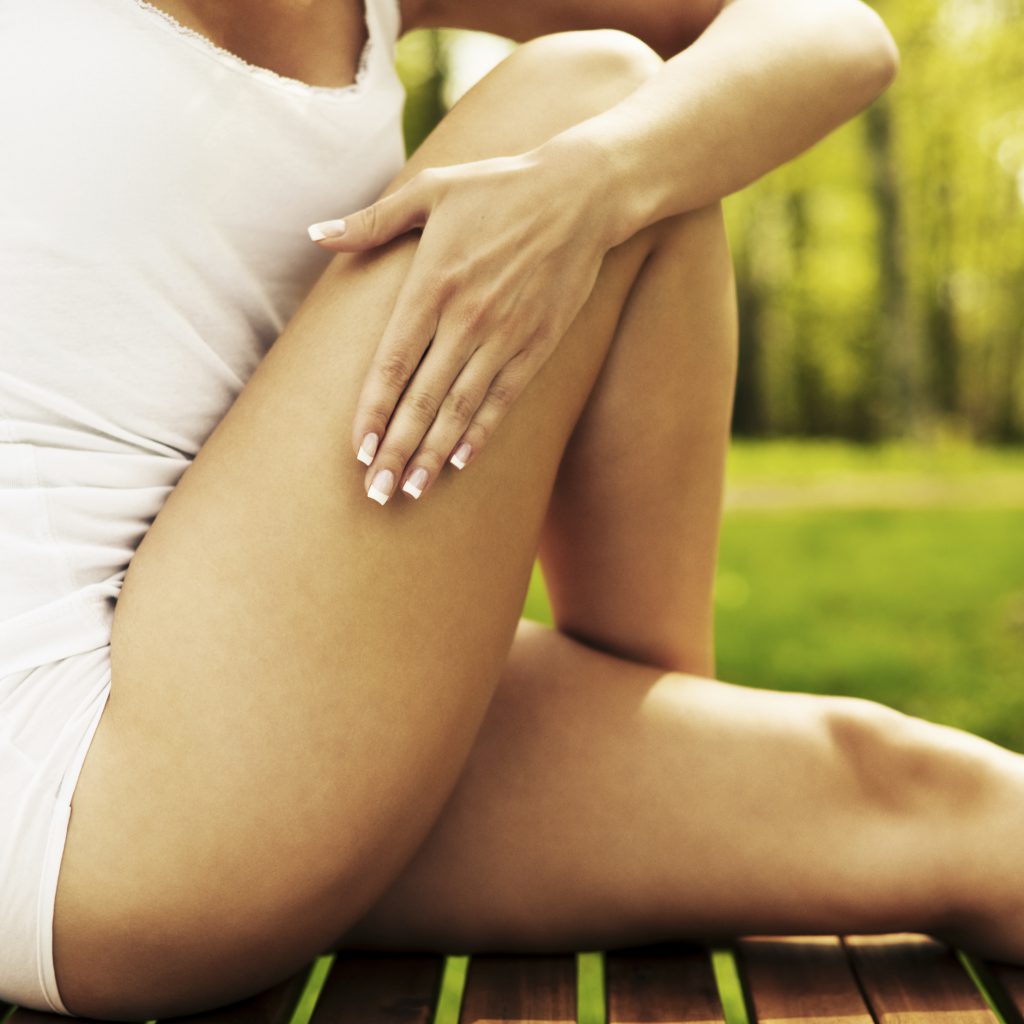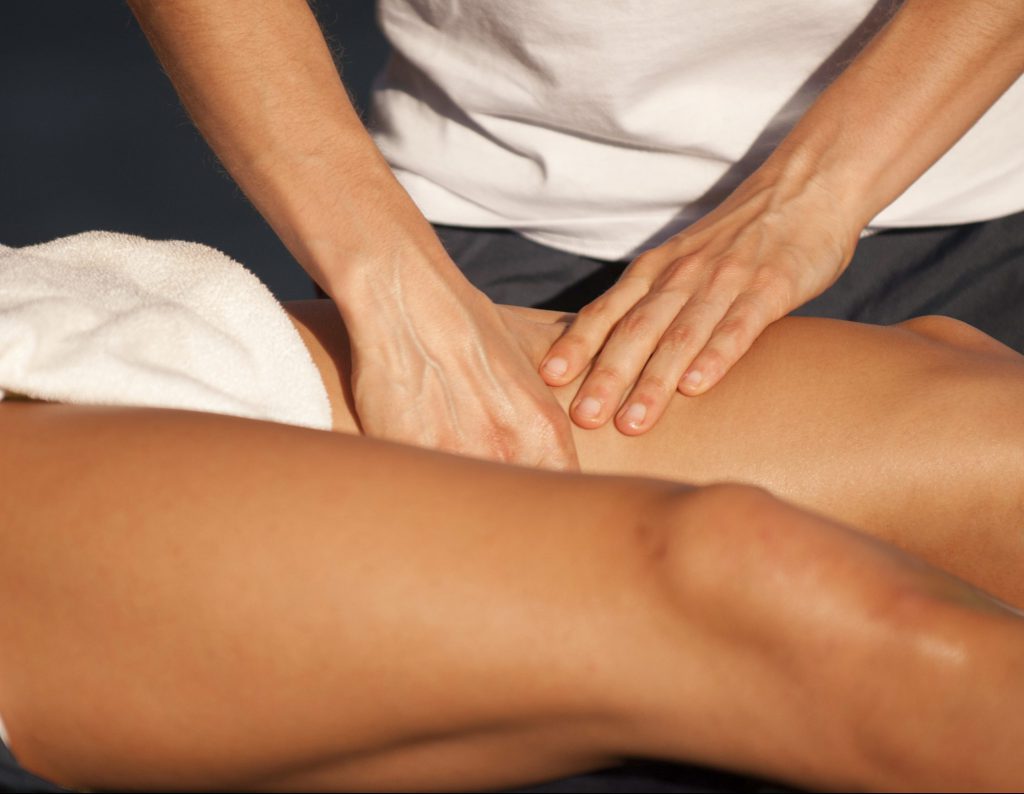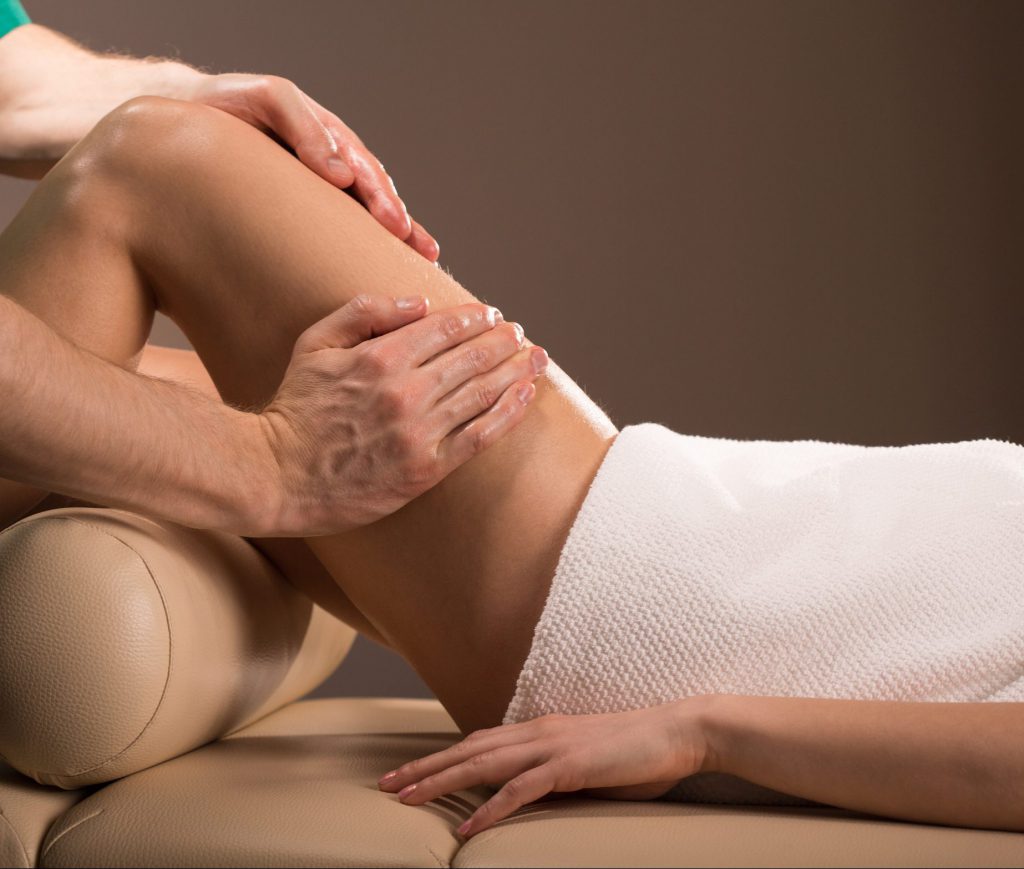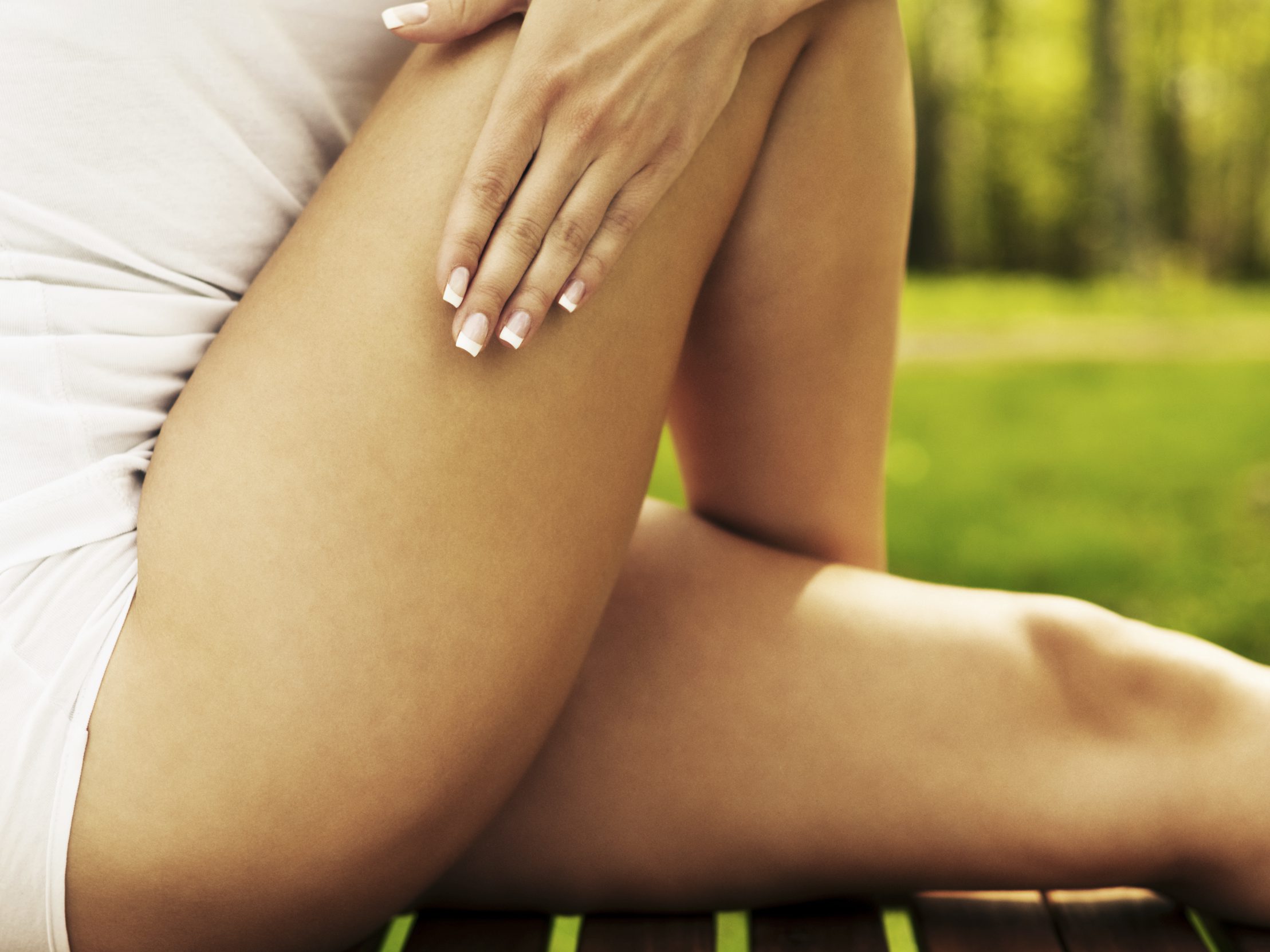Got clients with hip and knee complaints? It could be because of tight quads. We give you eight tips on how to massage this large muscle group to perfection.

The quads are the largest and strongest muscle group in the body – and although they are often one of the first areas on the body a massage student it taught about, this is an area that is often overlooked. Tension in the quads can cause a lot of issues in both the knees and the hips so knowing how to do a great quad massage can really help clients with knee and hip complaints.
Here are eight tips on how to massage this large muscle group to give your clients the ultimate leg relief.
#1. Warm up the area
Using your forearm, warm up the area by working from the knee up to the hip joint to soften the muscles in the hip flexer, which is an area that if often ignored. This will create space in the hip flexer and allow you to work a bit deeper later on.
#2. Work in line with the muscles
Instead of just going straight from the knee to the hip, make sure you follow the four large muscles in the thighs right up to the hip joint.

#3. Feel for tension
Using a kneading motion, move over the thighs with both hands and use your fingers and thumbs to feel for any tension that may be lurking in the thighs.
#4. Alternate pressure
Make sure you alternate your strokes between broad pressure and specific pressure. You want to separate the fibres in the quads with broad strokes using your forearm, and then work on any areas of tension in the hips or knees using your fingers and thumbs
#5, Don’t forget the knees
With the knee bent upright and the foot on the bed (you might want to add a roller to support the leg), really work into the top of the knee. This is where the muscle turns into tendon so it can be a source of tightness for many clients. Then work around the whole knee, including in the crease at the back of the knee, using a crisscross motion with your hands.

#6. Make your client move around the table
The difference between massaging a flexed muscle compared to a short, loose muscle can be a completely different sensation for your client, even if you are working the same muscle in the same way. Asking your client to hang her calf off the massage table will flex the quads and the knee and give you different options with your massage.
#7. Lie them on their side
Getting your client to lie on her side with a pillow or roller under her knees allows you to move both the knee and the hip without adding pressure to the knee. It also allows you access to the attachment sites of the quads deep in the hips, which is an area which is often ignored.
#8. Communicate
As the quads can be an area of great tightness for many clients, it is important to keep the communication going throughout the massage to see how they are feeling.

